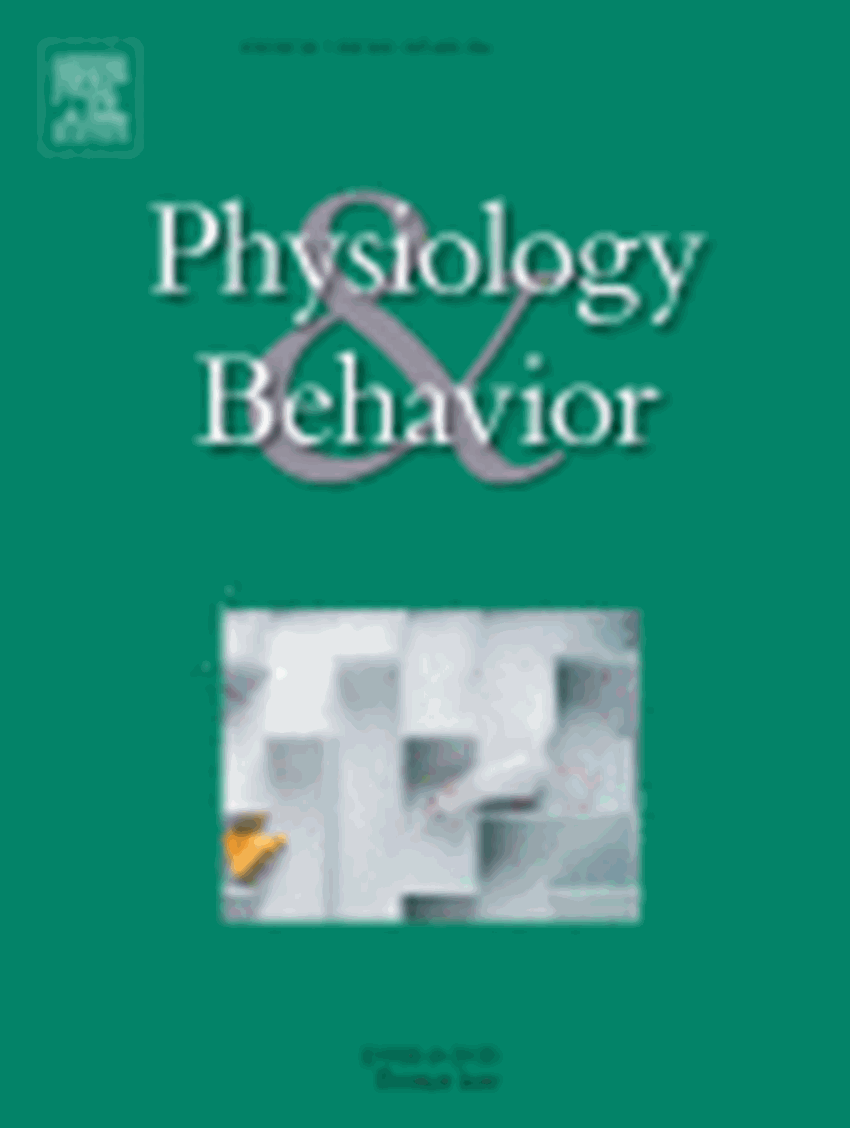No âmbito do projeto 347/18 – Driving synaptic plasticity in motor-to-visual neural pathways to enhance action prediction, Alessio Avenanti e colaboradores publicaram na revista Physiology & Behavior o artigo “Affective modulation of cognitive control: A systematic review of EEG studies” com os seguintes destaques:
- A pesquisa seguiu as guidelines PRISMA e resultou em 35 artigos selecionados para a síntese qualitativa.
- A principal abordagem electrofisiológica dos estudos foi a análise de potenciais de eventos relacionados (ERPs), com a modulação afetiva dos diferentes componentes/ondas durante o desempenho de tarefas de controlo cognitivo.
- A maioria dos estudos focou-se em N2 e P3, mostrando a prevalência do interesse nos efeitos da indução afetiva dos processos atencionais e inibição da resposta;
- É recomendada uma maior especifidade ao reportar os aspetos técnicos dos estudos neste domínio para melhorar a comparabilidade entre estudos e a sua replicabilidade.
Abstract
In recent years, a growing corpus of research has been conducted utilizing a variety of behavioral and neurophysiological methodologies to investigate the relationship of emotion and cognition, yielding unique insights into fundamental concerns about the human mind and mental disease. Electroencephalography (EEG) has been utilized to investigate how emotional states alter neural markers of cognitive control. The current study is a systematic analysis of EEG research that looks at affective modulation (mood, emotion) of cognitive control and its many sub-processes (e.g., cognitive flexibility, inhibitory control, and working memory). The PRISMA standards were followed in this review, which looked at experimental designs and tasks, as well as methodological elements of EEG recording and analysis across research. A total of 35 articles were chosen for qualitative synthesis as a consequence of the search. The examination of event-related potentials (ERPs), which showed affective modulation of 19 different components, was the most common electrophysiological approach used across research. The majority of the investigations focused on N2 and P3, indicating that affective induction has a strong influence on attentional processes and response inhibition. Future research should look into different methodologies such as source location and connection metrics to better understand the brain's areas and dynamic response during affective induction activities. It is also suggested that the technical components of the report be more explicit in order to promote study comparability and replication.

































































































